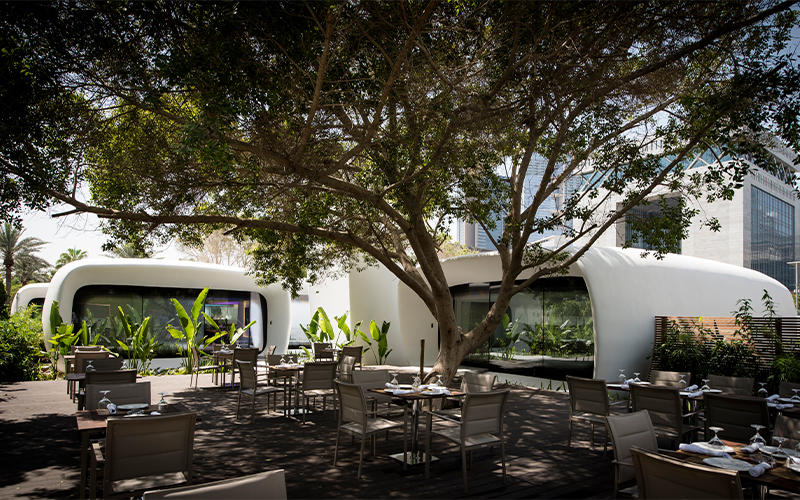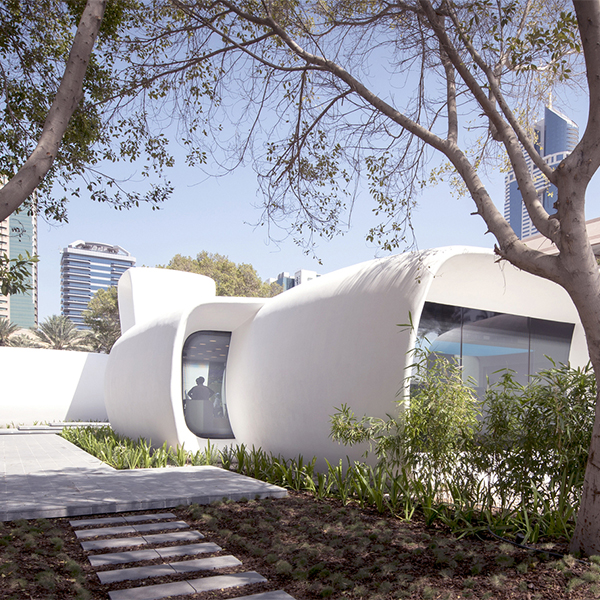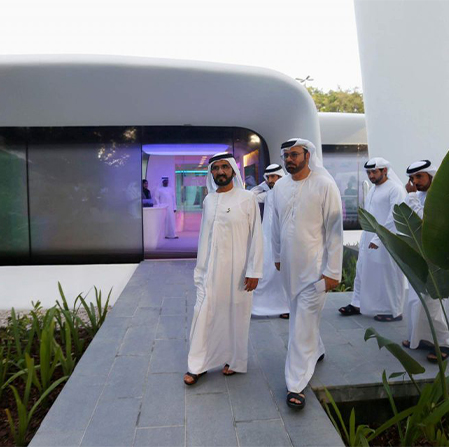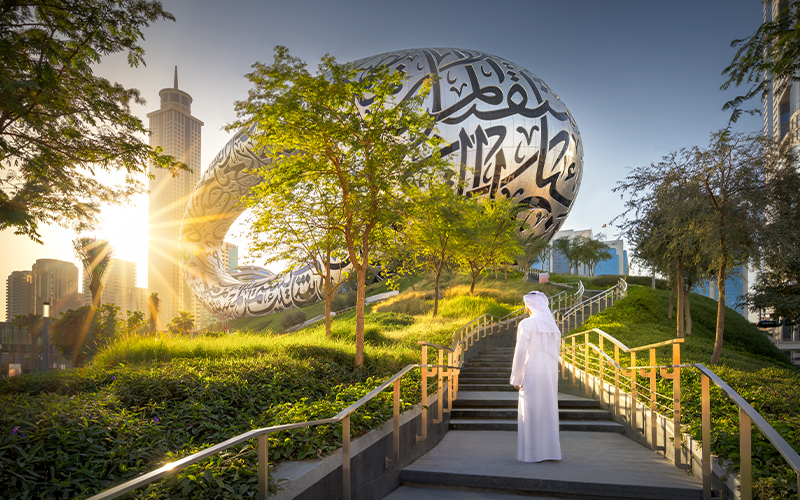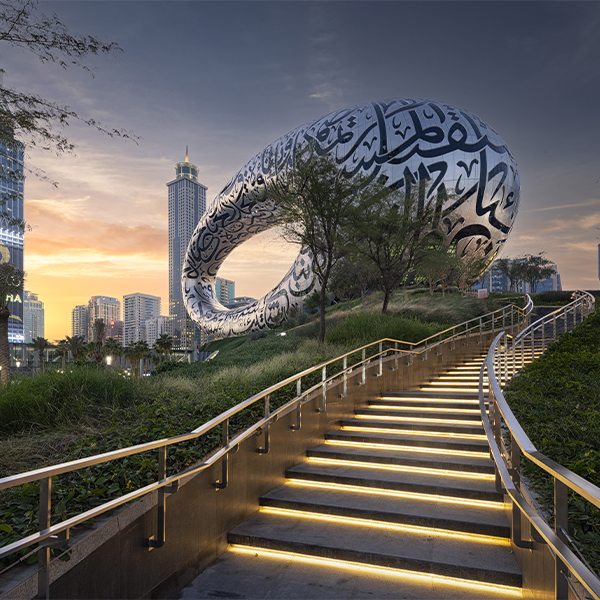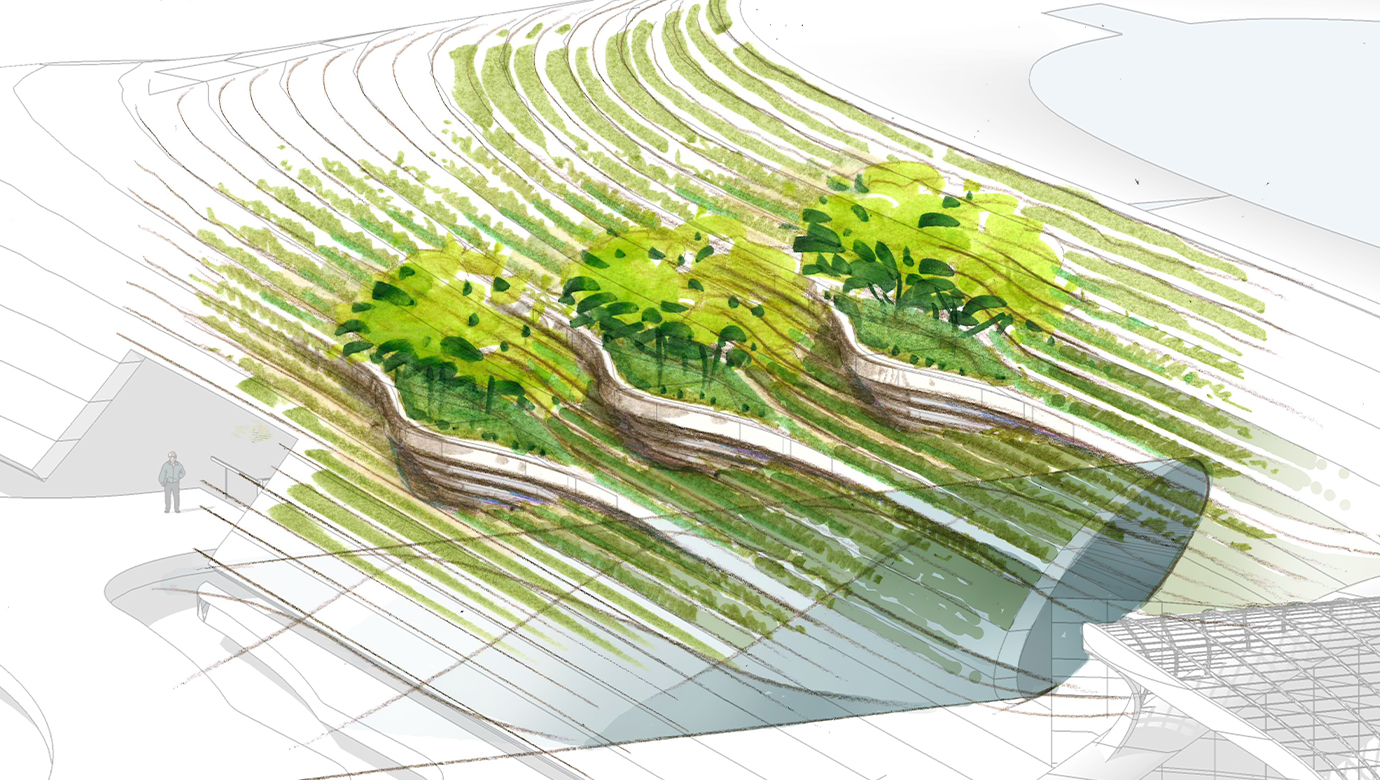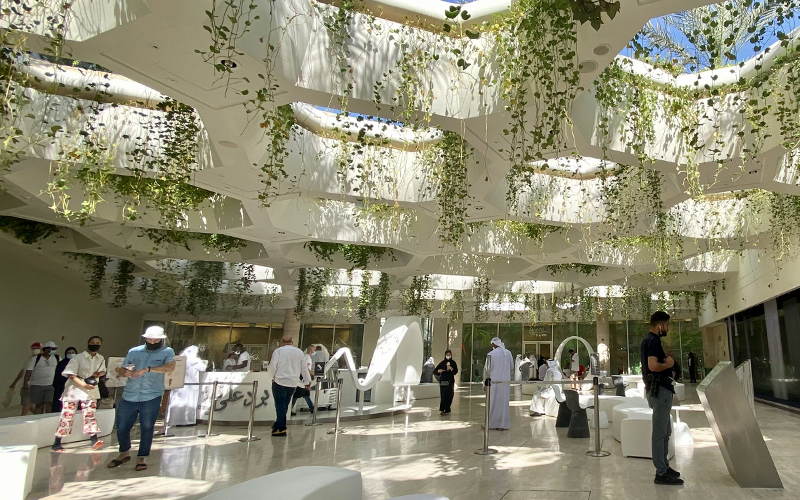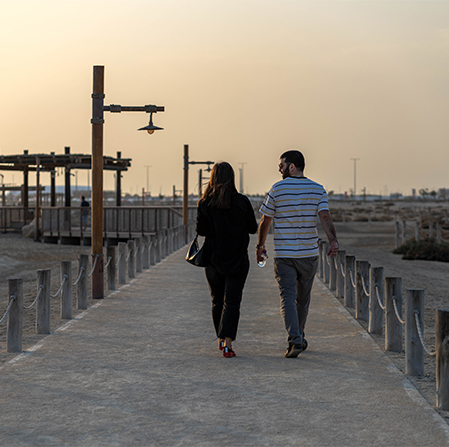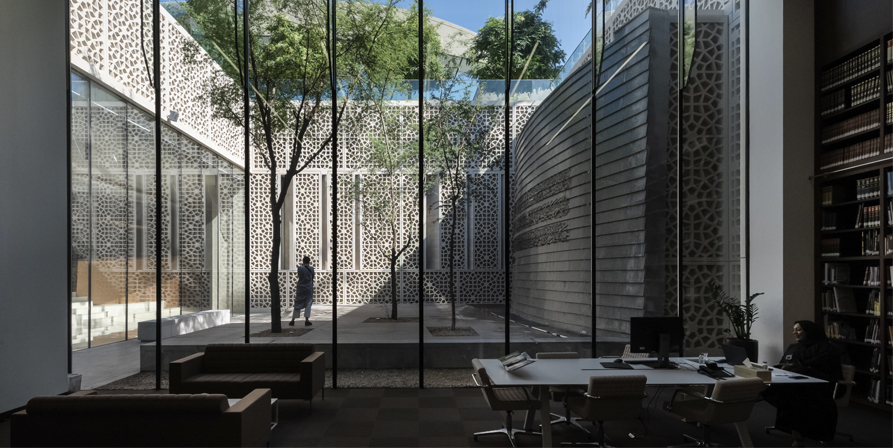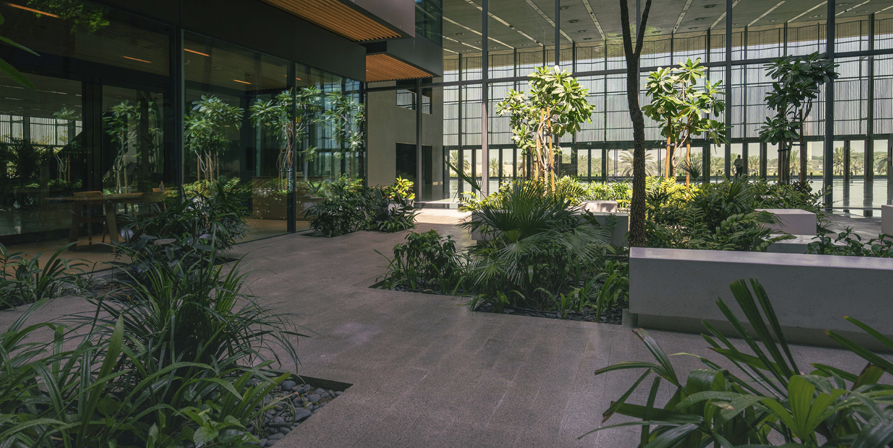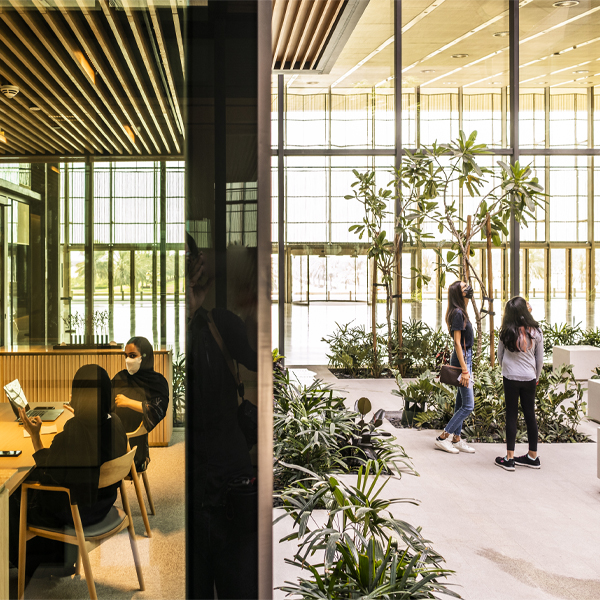Strictly Necessary Cookie should be enabled at all times so that we can save your preferences for cookie settings.
These cookies are necessary for the website to function and cannot be switched off in our systems. they are usually only set in response to actions made by you which amount to a request for services, such as setting your privacy preferences or filling in forms. You can set your browser to block or alert you about these cookies, but some parts of the site will not then work. These cookies do not store any personally identifiable information.
If you disable this cookie, we will not be able to save your preferences. This means that every time you visit this website you will need to enable or disable cookies again.
